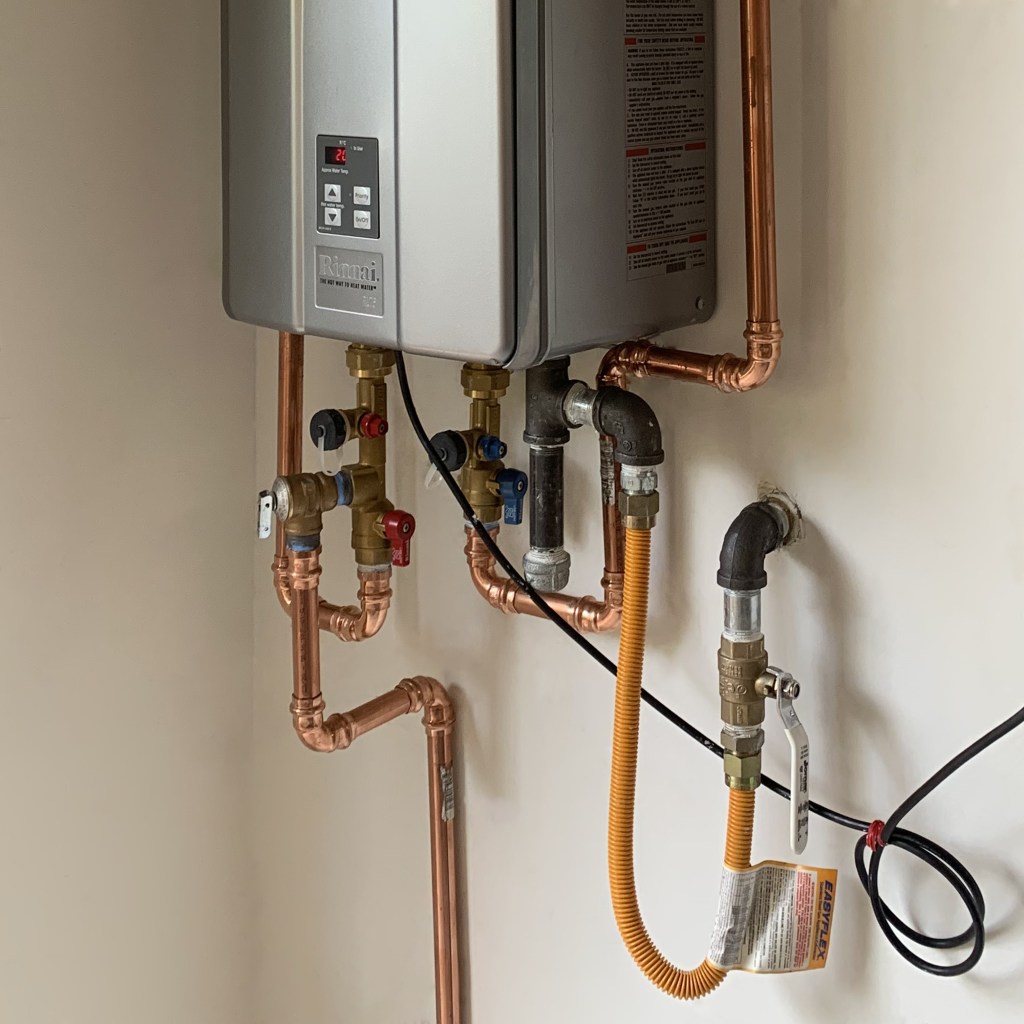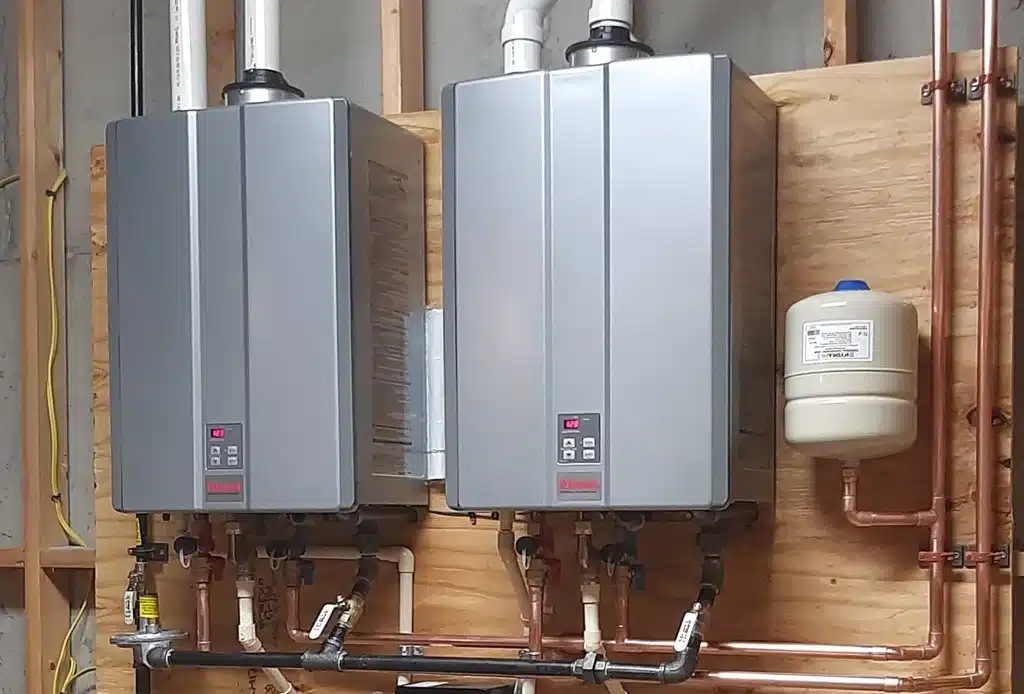Experienced Plumber Denton Offering Fast Plumbing
Experienced Plumber Denton Offering Fast Plumbing
Blog Article
Full Guide to Water Heating UnitInstallment and Replacement
Comprehending the intricacies of water heating unit installment and substitute is important for home owners seeking to make sure efficiency and dependability in their hot water supply. From selecting the proper kind and dimension to performing a seamless setup procedure, several elements have to be considered to prevent usual mistakes. This overview will offer you with the essential actions and insights to browse the intricacies of this home renovation task, while likewise stressing critical upkeep practices that can prolong the life of your system. As you explore these facets, you might find yourself reassessing your current setup and identifying areas for enhancement.
Sorts Of Water Heating Units
When considering water heating system installation and substitute, it is important to comprehend the numerous kinds of water heaters readily available in the marketplace. The most common kinds consist of container water heating units, tankless water heaters, heatpump hot water heater, and solar water heaters.
Tank water heating units are typical systems that store a certain volume of hot water, making them easily available when needed. In comparison, tankless water heating systems offer warm water on need, eliminating the need for storage space.
Warmth pump water heaters use electricity to transfer warm from the air or ground to warm water, supplying substantial energy savings however calling for even more space and particular installment problems. Solar water heaters harness solar energy to heat water, offering an environment-friendly choice with prospective long-lasting expense savings, although they commonly call for a back-up system for gloomy days.
Understanding these options ensures educated choices pertaining to installment and substitute, catering to specific needs and preferences.
Choosing the Right Size
Selecting the ideal dimension for a water heating system is critical to make certain optimum performance and effectiveness. A device that is too little will certainly battle to meet home demands, bring about inconsistent hot water schedule and enhanced power usage. Conversely, an extra-large water heating unit can result in unneeded power waste and higher energy bills.
To determine the ideal dimension, think about the family's peak warm water usage. This can be computed based on the variety of residents and their common hot water demands. As an example, a family of four might require a hot water heater with a capability of 50 to 80 gallons, depending on the usage patterns, such as synchronised showers and washing.
Furthermore, assess the recuperation price, which measures how promptly a heater can replenish hot water after it has actually been used. For tankless versions, concentrate on the circulation price, measured in gallons per minute (GPM), to guarantee it meets the house's simultaneous need.

Installment Refine Introduction

Next, the old system needs to be disconnected and eliminated, taking treatment to adhere to regional codes and guidelines pertaining to disposal. Once the old device is out, the brand-new hot water heater can be positioned in position. This step entails attaching the water lines, guaranteeing that all fittings are leak-free and safe.
After establishing water links, it's vital to link the power supply, whether electric or gas, following the maker's instructions carefully. When all connections are made, the system should be full of water, and the power can be turned back on. It's crucial to inspect for leaks and ensure the water heating unit is operating properly before completing the installment procedure.
Common Setup Blunders

One more regular blunder is neglecting to comply with regional codes and laws. Failing to adhere to these criteria can not only lead to safety dangers however might also result in costly penalties or the need for expensive reinstallation.
Stopping working to safeguard connections or utilizing the incorrect kind of installations can lead to leaks and water damage. By preventing these common installation blunders, property owners can ensure their water heater operates safely and successfully, maximizing performance and longevity.
Upkeep Tips for Long Life
Correct upkeep of a water heating system is essential for its long life and ideal performance. Regular assessments and maintenance can stop pricey repair services and prolong the home appliance's life-span. Begin by examining the temperature level setting; it needs to usually be established in between 120 ° F and 140 ° F for ideal power performance and safety.
Every six months, flush the storage tank to remove debris buildup, which can hinder home heating efficiency and create corrosion. To do this, switch off the heater, connect a hose pipe to the drain shutoff, and let the water run until it is clear.
When they are corroded,Anode rods ought to be examined yearly and replaced. These poles aid protect against container rust by drawing in harsh elements in the water.
Furthermore, see page inspect the stress alleviation shutoff regularly to guarantee it is working correctly. This valve is important for stopping too much stress accumulation within the tank.
Lastly, think about setting look at here up a specialist maintenance check every few years for thorough assessments and servicing. By adhering to these maintenance pointers, home owners can dramatically improve the effectiveness, safety and security, and life-span of their water heating units, guaranteeing trusted warm water for many years ahead.
Conclusion
In conclusion, proper installment and upkeep of water heating units are crucial for ensuring effectiveness and longevity. By recognizing these vital elements, house owners can accomplish a dependable warm water supply while minimizing possible problems associated to water heating system operation.
Recognizing the details of water heating unit installment and substitute is crucial for house owners seeking to ensure efficiency and dependability in their hot water supply.Storage tank water heating units are typical systems that keep a particular volume of hot water, making them easily available when needed. In comparison, tankless water heaters give hot water on need, eliminating the requirement for storage space. Choosing a water heating system that is either too little or also huge can lead to inadequacies, resulting in insufficient warm water supply or too much power usage.
By recognizing these important elements, property owners can accomplish a trusted hot water supply while minimizing possible look at this site problems related to water heating unit procedure. water heater installation.
Report this page